U.S. Supreme Court asks Solicitor General for opinion in case involving injured Union Pacific engineer
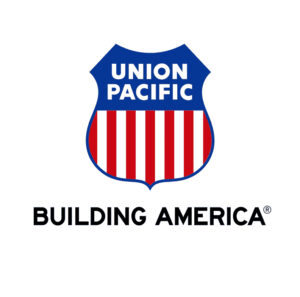 The U.S. Supreme Court is asking the Biden Administration to take a position in a case involving Union Pacific that could affect the railroad’s liability for worker injuries. Reuters reports the court asked the U.S. Solicitor General’s office for an opinion on whether a train that has temporarily stopped is still “in use.” The case involves UP engineer Bradley LeDure, who was injured when he slipped on an oil slick on a locomotive while it was in a Salem, Ill., yard, suffering head, shoulder, and neck injuries. The federal Locomotive Inspection Act requires trains in use to be inspected at least once a day and that walkways be kept clear; lower cours have split over whether a train is in use when it is not moving.
The U.S. Supreme Court is asking the Biden Administration to take a position in a case involving Union Pacific that could affect the railroad’s liability for worker injuries. Reuters reports the court asked the U.S. Solicitor General’s office for an opinion on whether a train that has temporarily stopped is still “in use.” The case involves UP engineer Bradley LeDure, who was injured when he slipped on an oil slick on a locomotive while it was in a Salem, Ill., yard, suffering head, shoulder, and neck injuries. The federal Locomotive Inspection Act requires trains in use to be inspected at least once a day and that walkways be kept clear; lower cours have split over whether a train is in use when it is not moving.
Progress Rail expands tech offerings with acquisition of Brazilian software firm
Progress Rail has acquired Brazilian software and consulting company Nitryx, which offers systems focused on logistics optimization. The acquisition of the company founded in 2011 allows Progress Rail to add programs for network optimization, yard planning, crew management, and rail movement planning to its Advanced Rail Technology offerings, which already offer systems for fuel savings; predictive maintenance; event recording, fuel monitoring, and track inspection; and automatic train operations. “We are excited to welcome the Nitryx team to Progress Rail and look forward to working together to execute our ART automation strategy and further develop products with our existing team,” Paul Denton, Progress Rail senior vice president of global sales and marketing, said in a press release. “Nitryx’s intense customer focus and core values align well with our company, which will allow an easy integration into our selling process.”
UP derailment spilled 40,000 gallons of hydrochloric acid, Albert Lea officials say
Saturday’s derailment of a Union Pacific train in Albert Lea, Minn., led to a spill of about 40,000 gallons of hydrochloric acid, according to a statement from city officials. KAAL-TV reports three cars of the material were breached, with one emptying completely and the others losing half their contents. The remaining 20,000 gallons has now been removed from those two cars; workers were set to begin neutralizing the spilled chemical on Monday evening. Three cars of liquefied petroleum gas also derailed, but were not breached; they were scheduled to be uprighted Monday and have their contents transferred to trucks.






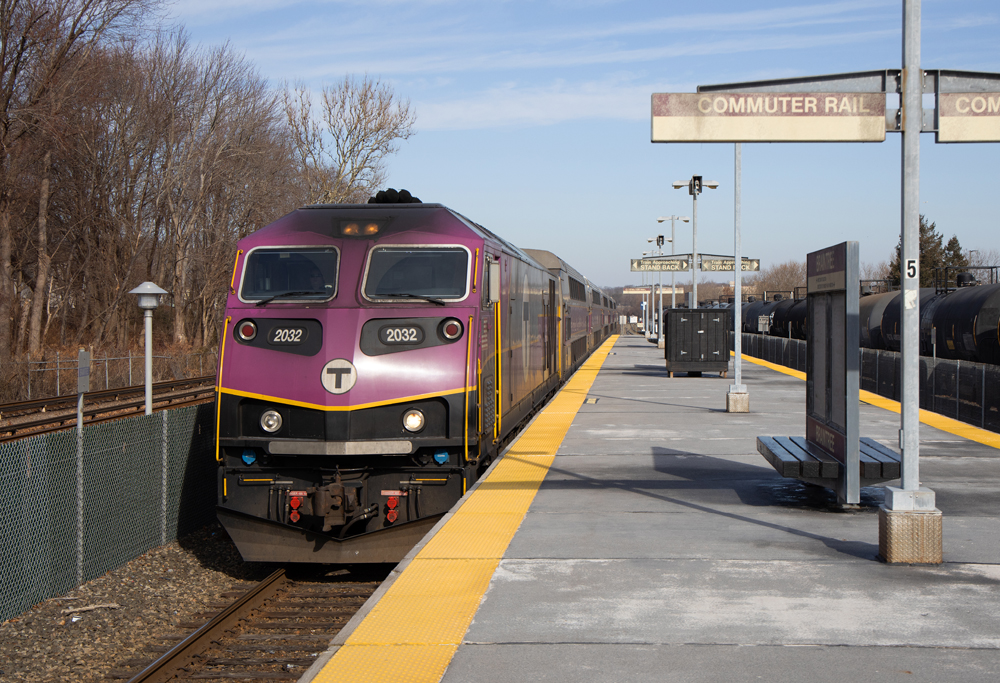
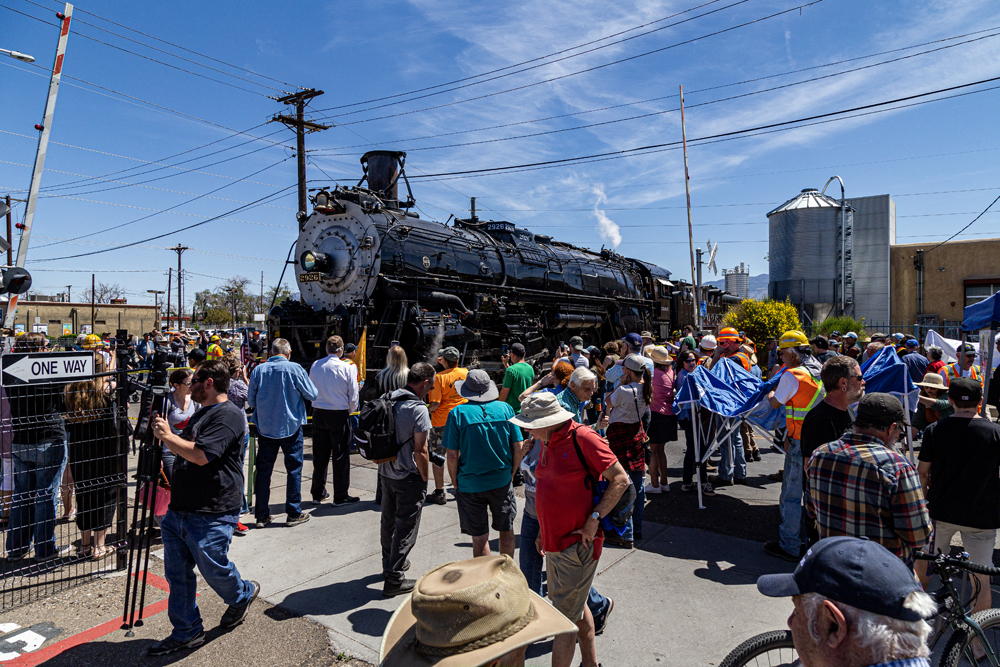
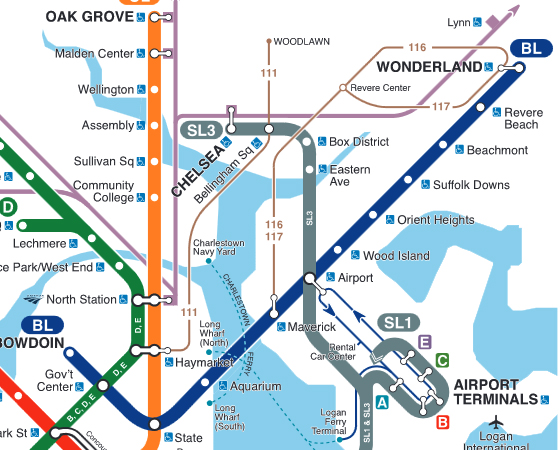
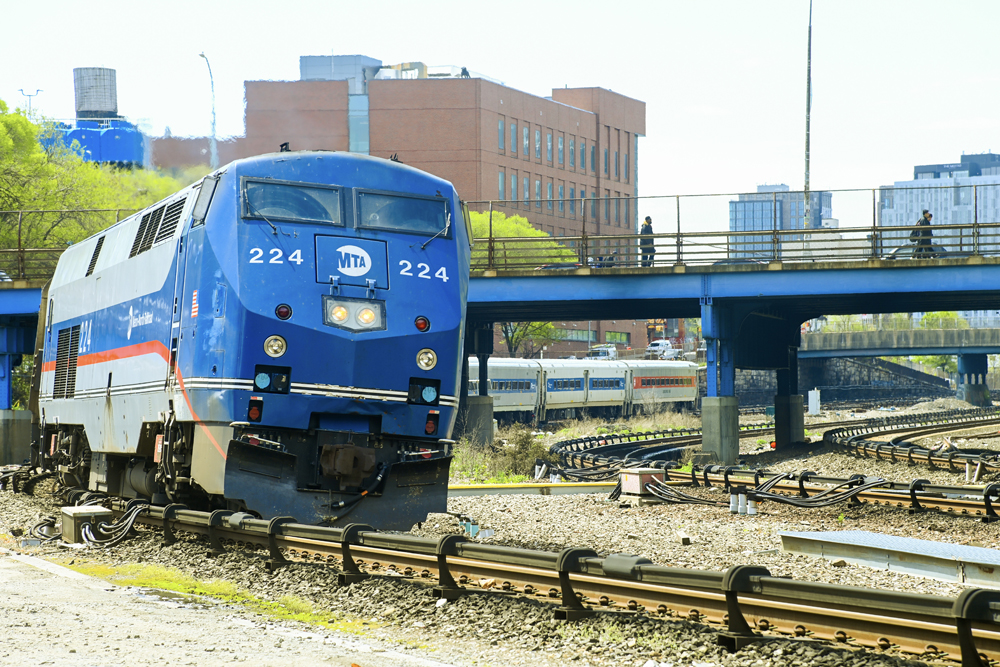




I’m with Andrew W. If the employee is on the clock, the liability lies with the employer. Is there something about railroads that is different?
In my state, if you get injured in the parking lot, either just before clocking in or just after clocking out of work, it is still considered a workers compensation case.
Am I missing something here?
If you’re clocked in, you’re on duty, and using company equipment, then the company is liable for your injuries, regardless of whether or not it’s “in use.” This seems like a no-brainer to me.
I forgot to add that it is in use as it is collecting revenue.
I’ll bet if the train isn’t considered in use and the crew gets off and wanders around and something happens to the train I will bet the crew will be held accountable. The train is in use as brake pressure has to be maintained and monitored, radio traffic is being monitored, signals are being watched hopefully waiting for a green signal so they can proceed.
Any time a crew is on board a train is in use. That shouldn’t take the Supreme court or the Administration. Probably not what is in some state’s statute, but then it has been a long time since law = common sense.
I disagree, just because a crew member is onboard does not mean a train is in use. Under that premise any machinery that an employee is on could be considered in use, for example, a truck driver eating in his cab when parked at a rest stop or diner…that is not in use at that time, same principle applies to a train.